What does it mean to Teach the TK Way? Teaching the TK way means involving all of our senses, provoking deeper thoughts, and inspiring children to think about the ideas and learning opportunities that excite them. Is this style of teaching and learning just for TK? Absolutely not, any age or specialty group will benefit from hands-on play-based activities. Especially when they are connected to the standards of learning- in your state, country or community.
What is TK? (Transitional Kindergarten)
My state typically explains TK (Transitional Kindergarten) as the first of a two-year Kindergarten program, where children begin Kinder curriculum and progress into 1st-grade readiness by year two. Sometimes teachers follow their students in a 2-year loop, but not always, and are dependent upon districts. TK was originally designed for students whose 5th birthdays fall between Sept. 1 and Dec. 1, but each district recently adopted language to have its own age requirements.
In smaller districts, or schools with only a few TK birthdays, the students who are age-appropriate for TK are simply combined with the Kinder students to make a full class, so the students end up repeating much of the same content, twice.
Where Play and Standards Meet
Striving to create a completely different curriculum than what my students will see in Kindergarten, and is completely cohesive and supportive of Kinder curriculum, is the ultimate goal. My classroom sets the foundation of learning; encourages the excitement of coming to school, and practices the necessity of social interactions. Teaching the TK Way rounds out everyday activities with strong foundational academic skills like language and literacy, math and science, and art and movement. While the classroom setup may be reminiscent of a preschool room, with learning centers rather than desks, and large areas for movement, the content is all standards-based. In my classroom and when I speak to new educators, it is always about a combination of play-based, hands-on learning, interspersed with academic objectives.
Objectives Based Learning
In order to Teach The TK Way, I use a combination of Kindergarten Common Core and The California Preschool Learning Foundations for 5-year-olds. Unfortunately, there isn’t an easy-to-read version of either document. As a result, I created an Early Learning Standards report card to track the standards in my classroom. And a free play-based planner to help you get started! My objectives continually float between the objectives depending on my students, and whether or not they have grasped a concept. Planning can be challenging since there is no set curriculum for our age group; I tend to feel like I am constantly recreating the wheel.
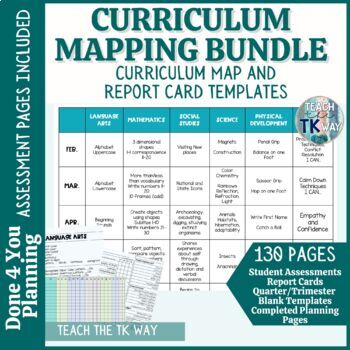
Designing Engaging Provocations
Provocations are invitations to learning and are really things we are already doing. Setting up morning work tubs, and creating morning meeting discussions and learning centers are all types of provocations. Generally, provocations are interest-based, some may be standards-based and should always scaffold learning.
Does a child love cars and only want to play with them in the classroom? Then bring the language and literacy to the cars and blocks. Does a child spend the majority of their day painting, then bring math and science concepts into the art center? Are puzzles their choice of learning? Then creating academic puzzles should become the teachers’ focus. Each of these scenarios requires careful observation and planning, the use of assessment and the need for disaggregating data, exactly what is expected of our K-12 counterparts.
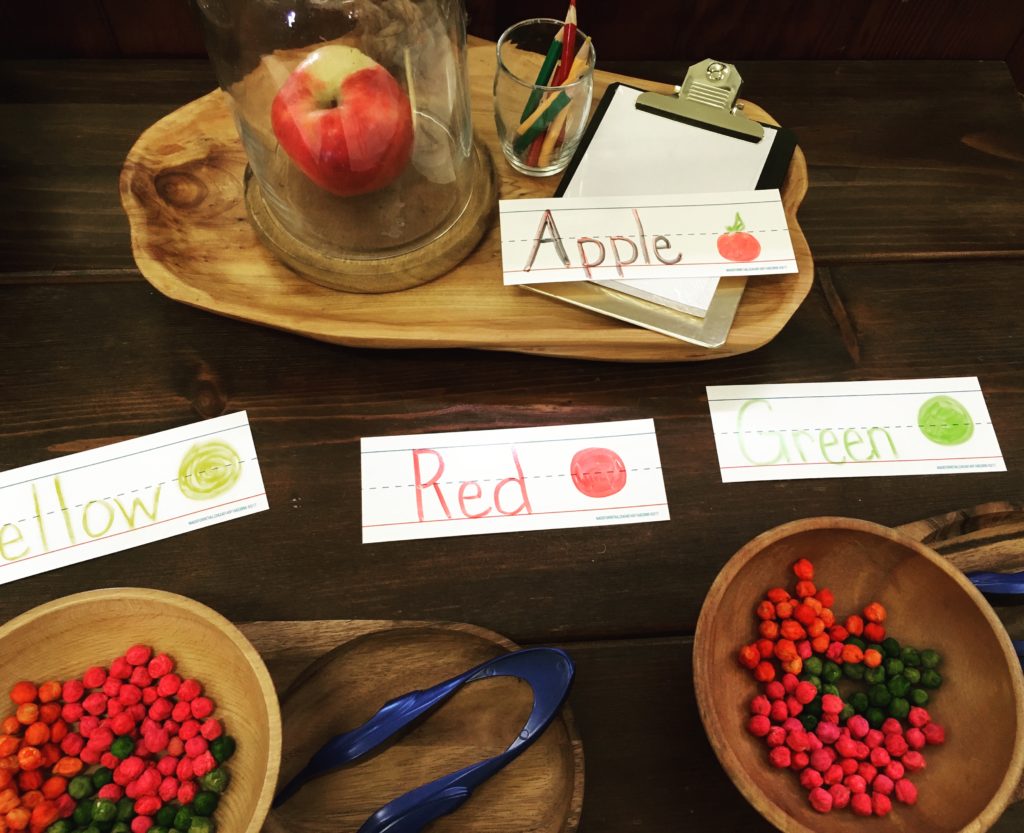
Emergent Learning
Emergent learning is when students engage in concepts that are developed in the spur of the moment. Not designed years ago by administrators or curriculum companies. But instead unfolding with the students currently enrolled in the program. Setting up a learning environment where differentiation is built into every day, every area, and every lesson is the key concept in emergent learning.
As a result, students learn at an individual pace, are assessed regularly, and learning is scaffolded according to interests. Teaching the TK Way is hands-on, play-based, and developmentally appropriate, for not only the early years age group but students of all ages and learning abilities.
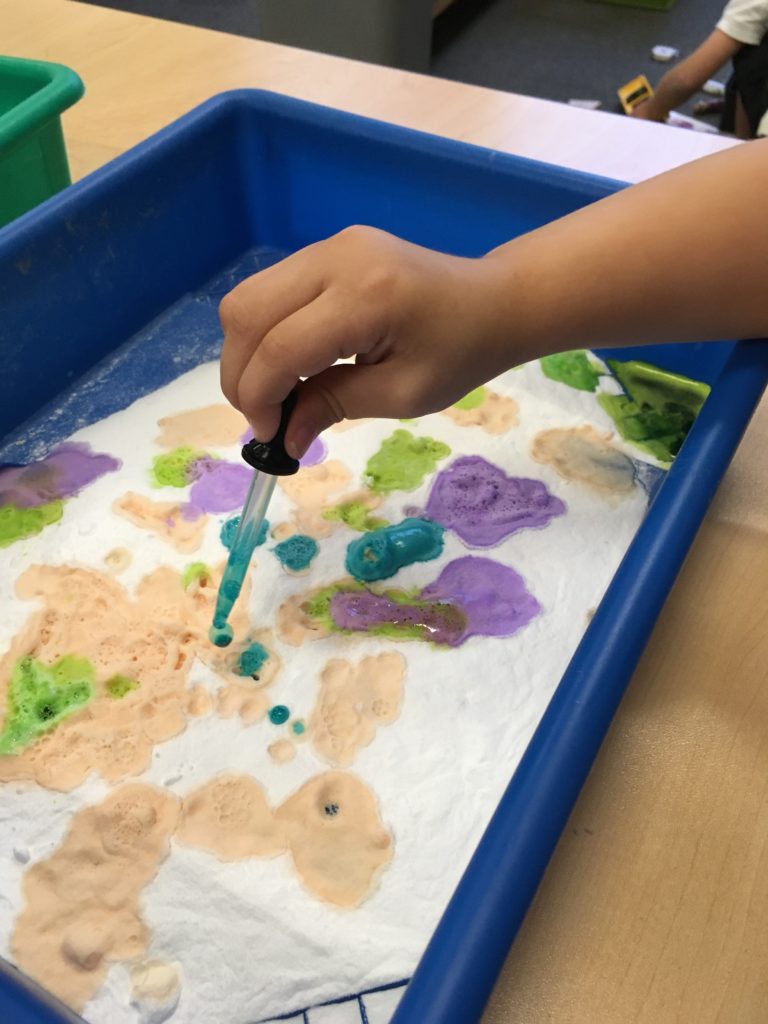
Gathering Data the TK Way
Data collection in the natural classroom can take on multiple forms; photo documentation, learning stories, and detailed observations. The easiest and fastest form is through photo and video documentation. This format leaves little to the educator’s imagination. Especially when a video is used. With so many new apps and technological advances, students are even able to participate in their own data collection.
Technology and the Natural Classroom
Just because the classroom is a natural environment does not mean the technology is not included. Using microscopes for identification, video cameras for documentation and of course CD players, iPods and wireless music players for adding music to the learning. In addition, technology integration keeps students centered on hands-on work allowing for STEM techniques to be utilized as well. A strong opinion in Early Education programs is exposing children to technology. However, teachers who are INTENTIONAL about including technology can support students in the long run.
Spending Time in the Outdoor Classroom
The outdoor classroom has become a special project for me. Creating one was the highlight of my time as a preschool director. In this case, the specialist training and ability to combine my love of Reggio with my farming community sparked something in me. As a result, I have begun to advocate for natural spaces, no matter where the classroom is located. Inside, outside, and in between. There are many ways to incorporate outdoor learning spaces in every school across the nation and teach the TK way. In particular, I have been witness to amazing spaces created in alleys, on rooftops, and even in windowless areas. Consequently, the more creative the more intrigued I become.
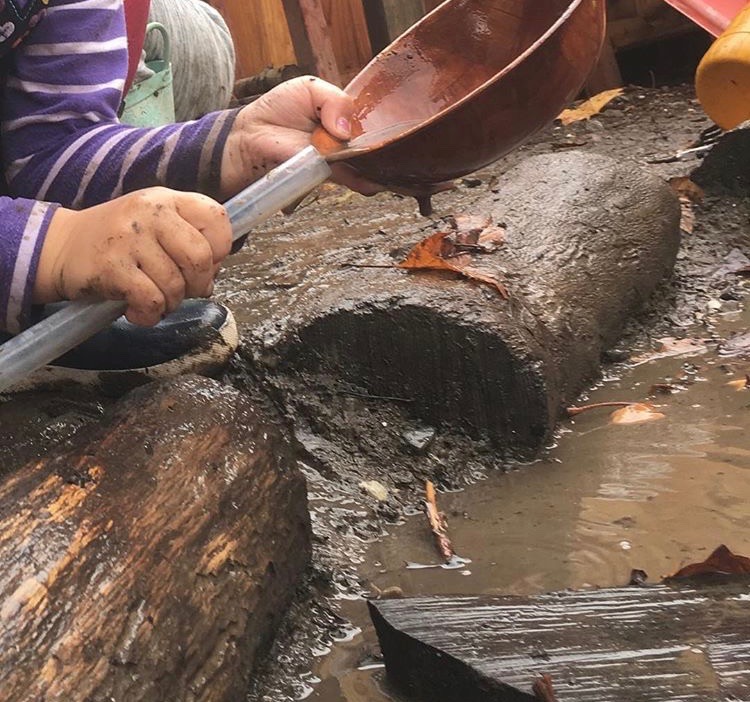
Take Away the Walls
I have seen children be denied recess when behaviors become out of control- and to that I say- LET THEM PLAY. I have seen first-hand the benefit of taking away the walls in order to stop children from bouncing off of them. Learning is magic in the outdoor classroom; leaders emerge, and engineers develop their skills. Architects practice building strong foundations and introverts find security in the solitude of a secret garden library.
Gardening with Children
There are so many types of gardens you can create with young children- tabletop, harvest, butterfly, edible, pizza, taco, ABC, counting, prayer, plus so many more. Each of these gardens will offer different learning opportunities for young children. The common thread in gardening with children is encouraging a love of living things, showcasing concrete learning at its best. There are many ways to enhance garden spaces in schools and early learning centers, but the one I have found to be most beneficial is the edible garden.

Natural Learning Spaces
Creating a natural learning space is simply deciding which style you are going for and using what you have. Sounds easy right?! It is slightly more involved than that, but almost always follows the idea of reuse, repurpose and recycle. Creating classrooms where there is visible cohesiveness, room for items to breathe on a shelf, and an environment that promotes learning and inspiration are all key components. As a result, natural learning spaces use the environment as a jumping-off point for learning. Places where the students can inquire about topics, interact with materials and design small environments within the larger classroom ecosystem.
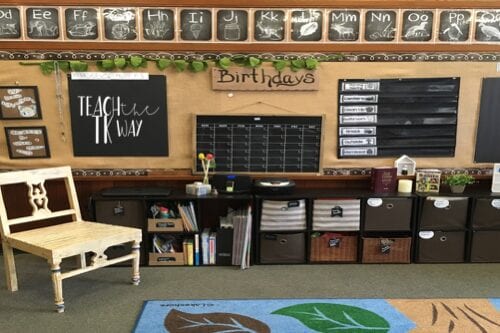
Design Aesthetics
Natural learning spaces do have a few things in common consequently the most talked about one is the design/color scheme. Please understand that all classrooms, that have dedicated teachers, are amazing in my book. Whether rainbow-colored, neutral, or somewhere in between. As long as the educator feels passionate about their choice, and has nothing but love for their students, there will be a success. Together with my students, I have found a healthy combination of authentic materials, a neutral color palette, and intentional design is the key component to deeper exploration and ultimately more profound learning.
Behavior Management
The number one thing asked about when deciding to join the natural classroom movement is behavior management. What do you do when a student uses loose parts in an unsafe way? How do you manage centers? As a result, I have a similar answer to each of these questions. A well-thought-out and intentional environment purposefully results in very few behavior challenges. Authentic materials, natural classroom design, and visually calming areas all help behavior management, without creating a specific calm-down corner.
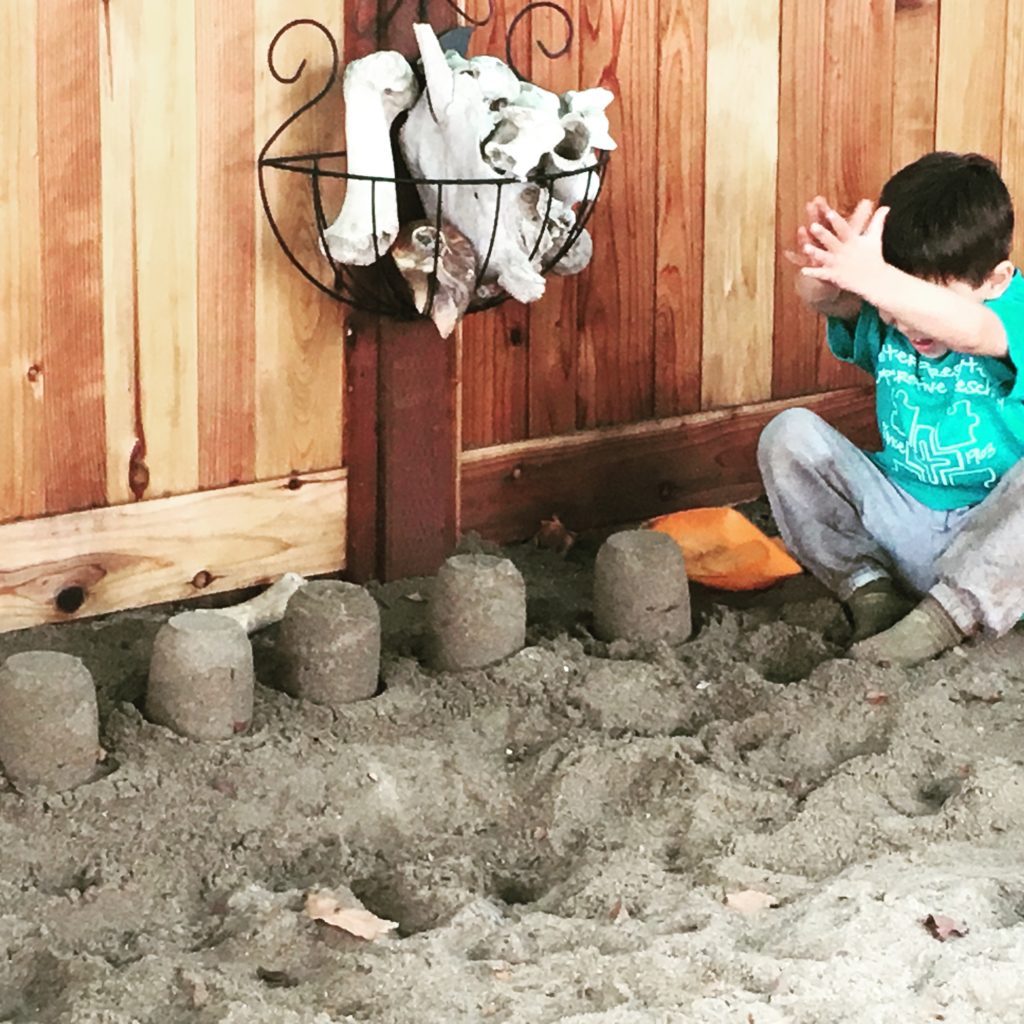
Vision For All Teachers
Teach The TK Way will give educators a safe place to ask questions, network with others, and learn all there is to learn about natural classrooms, and play-based environments. As a result, I want every classroom environment to begin to incorporate standards into their play. I want teachers, regardless of age group, to be able to Teach the TK Way. This way administrators and parents will not be able to see the difference in play-based and standards-based learning. My vision is for them to eventually become one and the same.
Where to find me:
I share daily inspiration and techniques on Instagram and FB. I have an entire page devoted to natural classroom design on Pinterest. Finally, I write regularly about how to Teach The TK Way, on my blog and as a guest writer.
In short, I hope you will follow along as I take you on a journey of fun, discovery, nature and objective-based lessons delivered through play. All while Teaching the TK Way
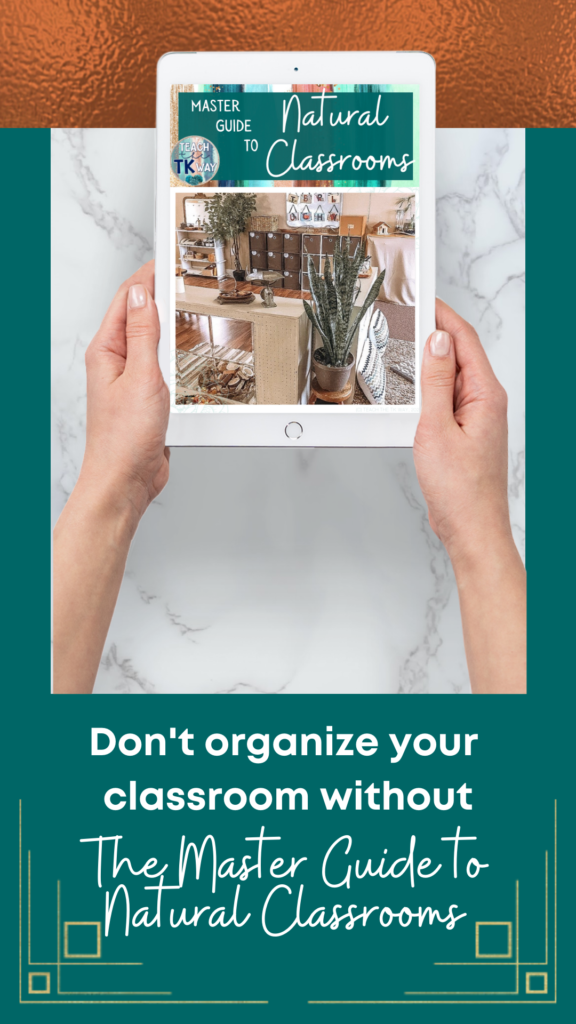
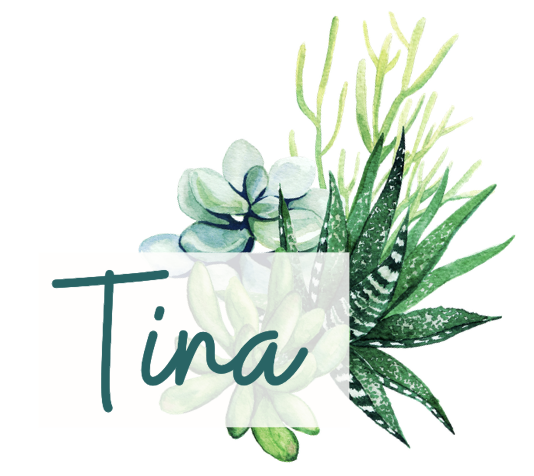
If you want to read more about my complete curriculum and how to Teach the TK Way in the classroom, head over to Science Inquiry-Based Projects in the Early Years. In addition, you can read about creating a butterfly garden in my guest post with Kayla at The Average Teacher, and my natural classroom transformation for Tonya at Nolan’s Notebook. You can even read about Edible Gardens when I shared with Dawn at Cultivating Exceptional Minds.



11 Responses
This is absolutely beautiful. There is so much truth in this post and I am thinking more teachers are hopefully seeing the light and coming back to the natural classroom. You have some wonderful ideas here and I can tell you are passionate about this.
Tina, I LOVE all of your ideas and how you incorporate the standards with play! It is such an important thing!
Thank you for your focus on what is natural and for your thoughts on building an environment that fosters play and learning for children. Many children today spend so much time indoors with technology that they are losing out on natural play. Having that connection to nature is so important, especially now. I absolutely love the photo of the mud kitchen!
This is so informative! I love how you put kids first! That transitional year between K and 1 is crucial, thanks for promoting letting kids be kids!
I’ve never heard of a transitional classroom before but I’m so glad I stumbled across your post! Thanks for providing so many wonderful ideas and lovely pictures